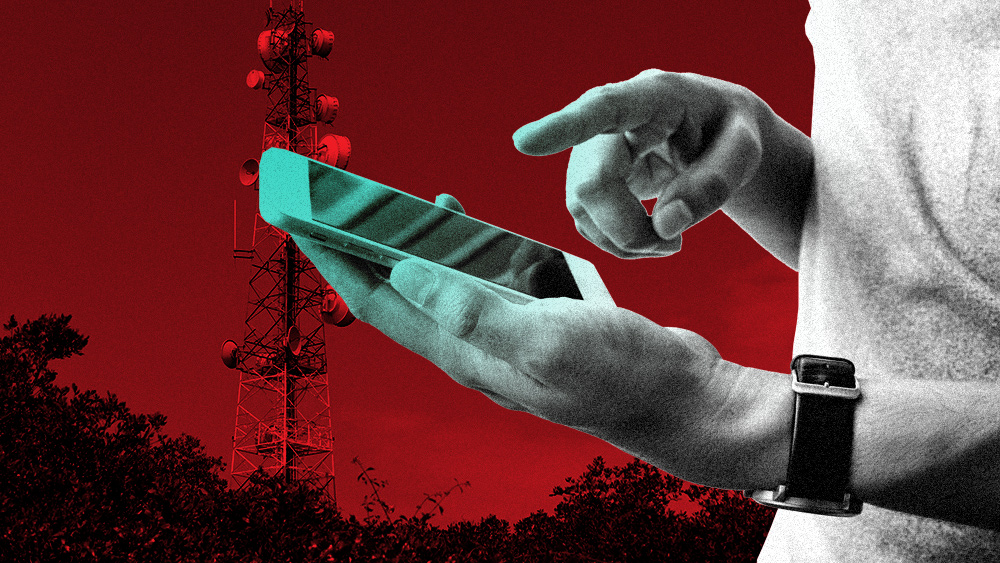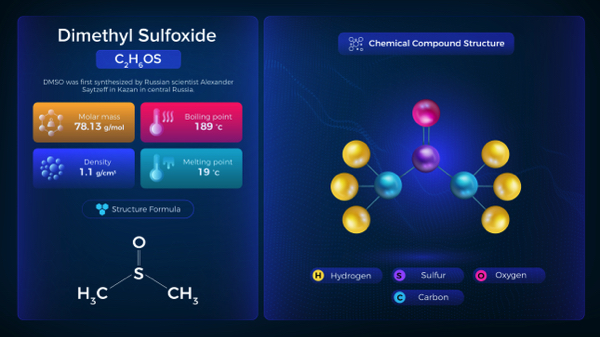Cellphone radiation linked to cancer in animal studies; experts demand global policy shift to protect health
04/30/2025 / By Willow Tohi

- A WHO-backed review found conclusive evidence that radiofrequency electromagnetic fields (RF-EMF) from cellphones cause malignant gliomas (brain tumors) and heart schwannomas in animals, reinforcing similar risks observed in human studies.
- Scientists urge reclassifying RF-EMF as a “known human carcinogen” (IARC Group 1), citing animal studies, DNA damage evidence and human epidemiological data. Current FCC safety limits — based on outdated, heat-based assumptions — are criticized as inadequate.
- With over 5 billion global cellphone users, even minor cancer risk increases (e.g., 10% rise in gliomas) could lead to tens of thousands of additional cases, especially concerning for children with prolonged exposure.
- Critics accuse agencies like the FCC and ICNIRP of relying on obsolete science shaped by industry ties. A 2021 court order mandated the FCC to justify its standards, but it has not complied, while laws block local health-based restrictions on cell towers.
- Key recommendations include stricter exposure limits, public education on safer device use (e.g., avoiding body contact) and a moratorium on 5G deployment until independent safety studies are completed. Over 200 scientific papers document non-thermal biological harms ignored by current policies.
A groundbreaking review commissioned by the World Health Organization (WHO) has concluded that radiofrequency electromagnetic fields (RF-EMF), emitted by cellphones and wireless devices, are “high certainty” carcinogens in animals, specifically causing malignant brain gliomas and heart schwannomas — the same tumors linked to human cell phone use. Published in Environmental International on April 25, this systematic review of 52 animal studies has ignited calls from scientists to classify RF-EMF as a “known human carcinogen” and overhaul global exposure standards. The findings contradict decades-old regulatory assumptions and amplify concerns about the rapid rollout of 5G, as experts argue current limits set by agencies like the U.S. Federal Communications Commission (FCC) are dangerously outdated and unscientific.
Groundbreaking study shows “high certainty” link between RF radiation and animal cancers
The WHO-backed review found “high certainty” evidence that RF-EMF exposure causes gliomas, a type of aggressive brain tumor, and malignant heart schwannomas in animals. Both cancers align with risks observed in human epidemiological studies, raising alarms about long-term human exposure. Researchers also identified “moderate certainty” associations with rare liver and adrenal gland tumors.
Crucially, the study references the $30 million U.S. National Toxicology Program (NTP) study, which in 2018 reported “clear evidence” of heart schwannomas in male rats exposed to cell phone radiation. These findings, now echoed by the WHO review, underscore a scientific consensus forming around RF-EMF’s carcinogenic potential.
“The evidence is now clear — cell phone radiation can cause cancer in animals, paralleling human study results,” said Ron Melnick, Ph.D., chair of the International Commission on the Biological Effects of Electromagnetic Fields (ICBE-EMF) and former NTP scientist. “Animal models are critical for predicting human risks, and governments must act to protect us now.”
From animals to humans: Why this matters for public health
The WHO review’s findings intersect with a body of human research. For example, Swedish oncologist Lennart Hardell, a co-author of landmark studies linking cellphone use to gliomas and acoustic neuromas, argues the animal evidence paired with “mechanistic studies showing DNA damage and oxidative stress” meets IARC’s criteria to reclassify RF-EMF from its 2011 listing as “possibly carcinogenic” (Group 2B) to a Group 1 “known human carcinogen.”
ICBE-EMF pointed to over 200 scientific papers documenting non-thermal health effects — damage at radiation levels below FCC’s heat-based limits. “Current safety standards ignore decades of studies showing biological impacts like genetic harm and free radical changes,” said Hardell, emphasizing the need for an independent safety evaluation and 5G pause.
The stakes are high. With over 5 billion global cellphone users and children’s rapidly expanding screen time, even small cancer risk increases could have vast public health consequences. Joel Moskowitz, a UC Berkeley public health professor and ICBE-EMF member, warned, “A 10% increase in gliomas due to RF radiation could mean tens of thousands of excess cancer cases worldwide.”
Outdated standards and industry influence under fire
Critics accuse regulators of relying on guidelines shaped by outdated science and industry-aligned groups like the International Commission on Non-Ionizing Radiation Protection (ICNIRP), a nonprofit whose members dominate WHO review panels. The FCC’s 1996 RF exposure limits, for instance, assume harm occurs only via tissue heating — a premise the WHO review directly challenges.
The FCC itself faces scrutiny. A 2021 court ruling ordered it to justify how its standards protect children and the environment, yet it has failed to comply. Meanwhile, Section 704 of the 1996 Telecommunications Act blocks local governments from restricting cell tower placement over health concerns, angering groups like Children’s Health Defense (CHD).
Miriam Eckenfels of CHD decried the “madness” of preempting local control: “We’re past the point of politeness — this science demands urgent action.”
Calls to action: Science-based limits, awareness and a 5G moratorium
ICBE-EMF’s April 27 statement urges governments to:
- Adopt stricter exposure limits informed by non-thermal effects.
- Launch public education on safe device use (e.g., speakerphone, avoiding pockets).
- Halt 5G expansion until safety is proven.
Scientists worldwide have signed the EMF Scientist Appeal (267 from 45 nations), demanding protective policies. “Current limits are a hazard,” said Elizabeth Kelley, ICBE-EMF’s managing director.
A crossroads for public health and technology
The WHO review marks a watershed moment in the wireless safety debate. While regulatory inertia persists, the scientific evidence now strongly supports RF-EMF as a serious health threat. As Hardell stated, “When even pro-industry bodies acknowledge risks, we cannot delay.” The question is whether policy will evolve from outdated assumptions to science — or let unchecked technology endanger generations.
As CHD’s “704 No More” legal campaign gains steam, and citizens demand transparency, the path forward hinges on political courage to prioritize health over industry interests. Without it, the next “public health crisis,” experts caution, could be etched in the DNA of those exposed today.
Sources for this article include:
Submit a correction >>
Tagged Under:
5g, brain health, cancer criminals, Cell Phone Dangers, Censored Science, computing, Dangerous, dangerous tech, discoveries, EMF, FCC, future tech, Glitch, health science, Heart, human carcinogen, internet, inventions, radiation, real investigations, research
This article may contain statements that reflect the opinion of the author



















